Works that are both heroic and tragic
Hanoi is recognized as one of the few cities in the world that still retains many architectural works from the early period of building socialism, also known as the subsidy period. Those architectural works can be a large-scale industrial production center, typically the Cao - Xa - La industrial cluster, or a cultural center such as the Vietnam - Soviet Friendship Cultural Palace, the Hanoi Children's Palace, the headquarters of a number of ministries, branches and even collective housing areas such as Nguyen Cong Tru, Kim Lien, Trung Tu, Thanh Cong, etc.
Architect Vu Hiep - a researcher on socialist architecture at Hanoi National University said that according to his research, the architecture of the subsidy period can be divided into three stages. Corresponding to these stages, the architectural style also has differences, from the design of the floor plan, the symmetrical facade, using horizontal and vertical divisions in the early stage to modern architecture with diverse and lively floor plans and shapes; using many large panels of wind-flower walls and sun-shading louvers on the facade in the later stage. Materials range from bricks to concrete, allowing for the liberation of the first floor space; styles range from being influenced by contemporary Chinese architecture to being related to Eastern European socialist architecture in later years...
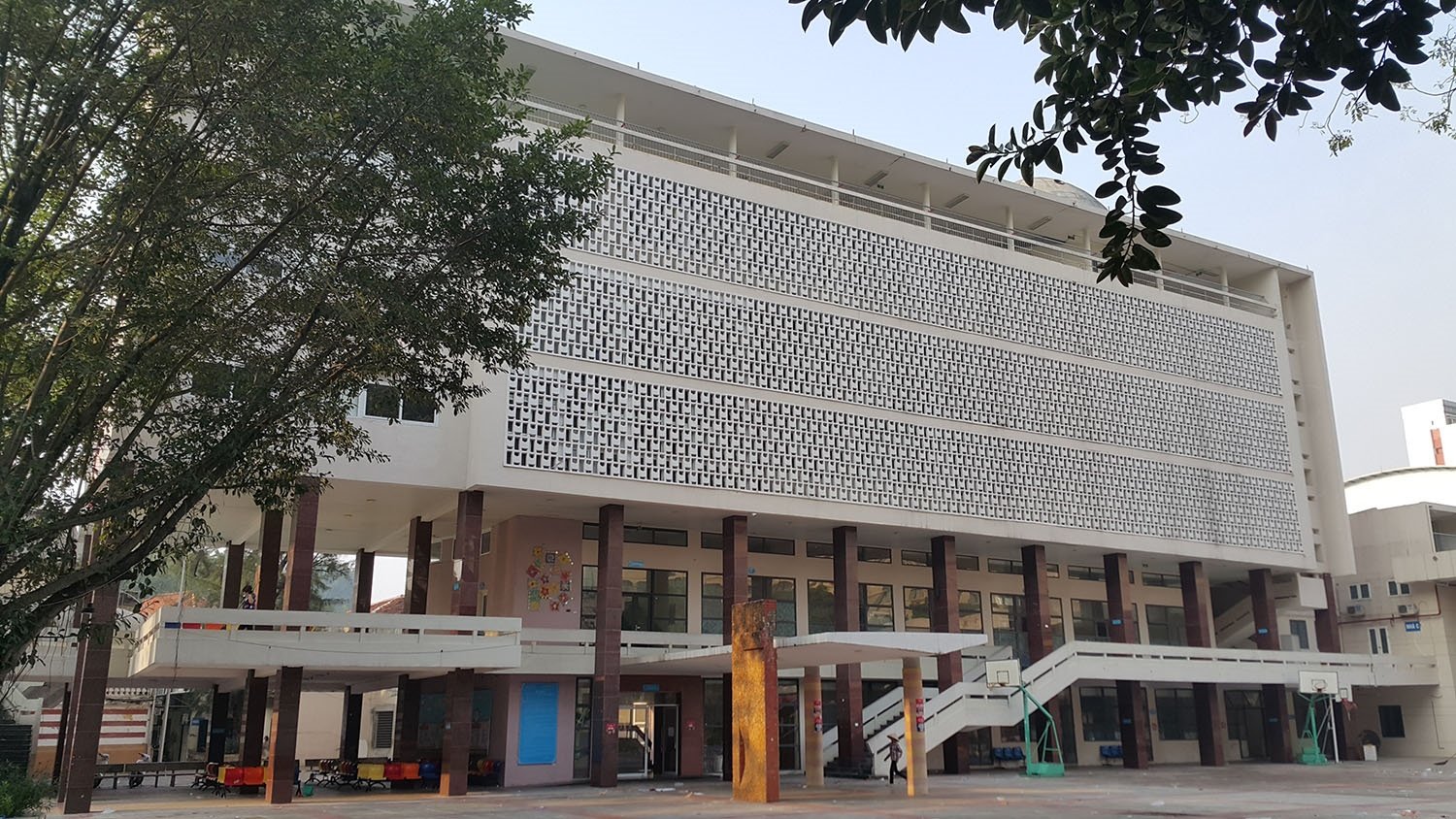
Hanoi Children's Palace, designed by architect Le Van Lan in 1974, completed in 1976.
Assessing the value of architectural heritage from the 1954-1986 period, Architect Vu Hiep said that, from an ecological cultural perspective, the architecture of this period clearly demonstrates the identity of Vietnamese architecture, as well as the way traditional architecture adapts to the local climate.
Many researchers also believe that the architectural works of the subsidy period reflect a period of the country, with modern, progressive shaping principles, with historical, scientific, social and economic values. The architectural heritage of this period is a part of the formation of Hanoi's identity and has great potential to promote its value, contributing to the country's next innovation as well as serving the development strategy of Hanoi in the future.
According to Associate Professor Dr. Nguyen Van Huy - former Director of the Museum of Ethnology, the architecture of the subsidy period was "both heroic and tragic". Vietnamese architects took inspiration from the lives of Hanoi people to express the dreams and aspirations of the people and also their own dreams and aspirations to overcome difficulties and barriers, building the best architectural works for society.
Challenges of conservation
However, although subsidy-era architecture affirms great values, Hanoi is also facing great challenges in preserving and promoting the value of this heritage. The question is, in the context of modernization and global integration, can Hanoi promote the values of this architectural heritage in its urban branding strategy?
According to a recent survey conducted by architect Vu Hiep, most Hanoians do not have much feeling about the architecture of the subsidy period. When asked which architecture represents Hanoi's identity, up to 56% of respondents said it was traditional architecture. Next, 18% said it was French architecture, 17% chose contemporary architecture. Only 9% said that the architecture of the subsidy period represents Hanoi's identity. At the same time, architect Vu Hiep also said that the architecture of the period 1954-1986 was not promoted to the public. Surveying architectural history books in the past 10 years, the research team found the dominance of books on French colonial architecture and the absence of architecture from the period 1954-1986.
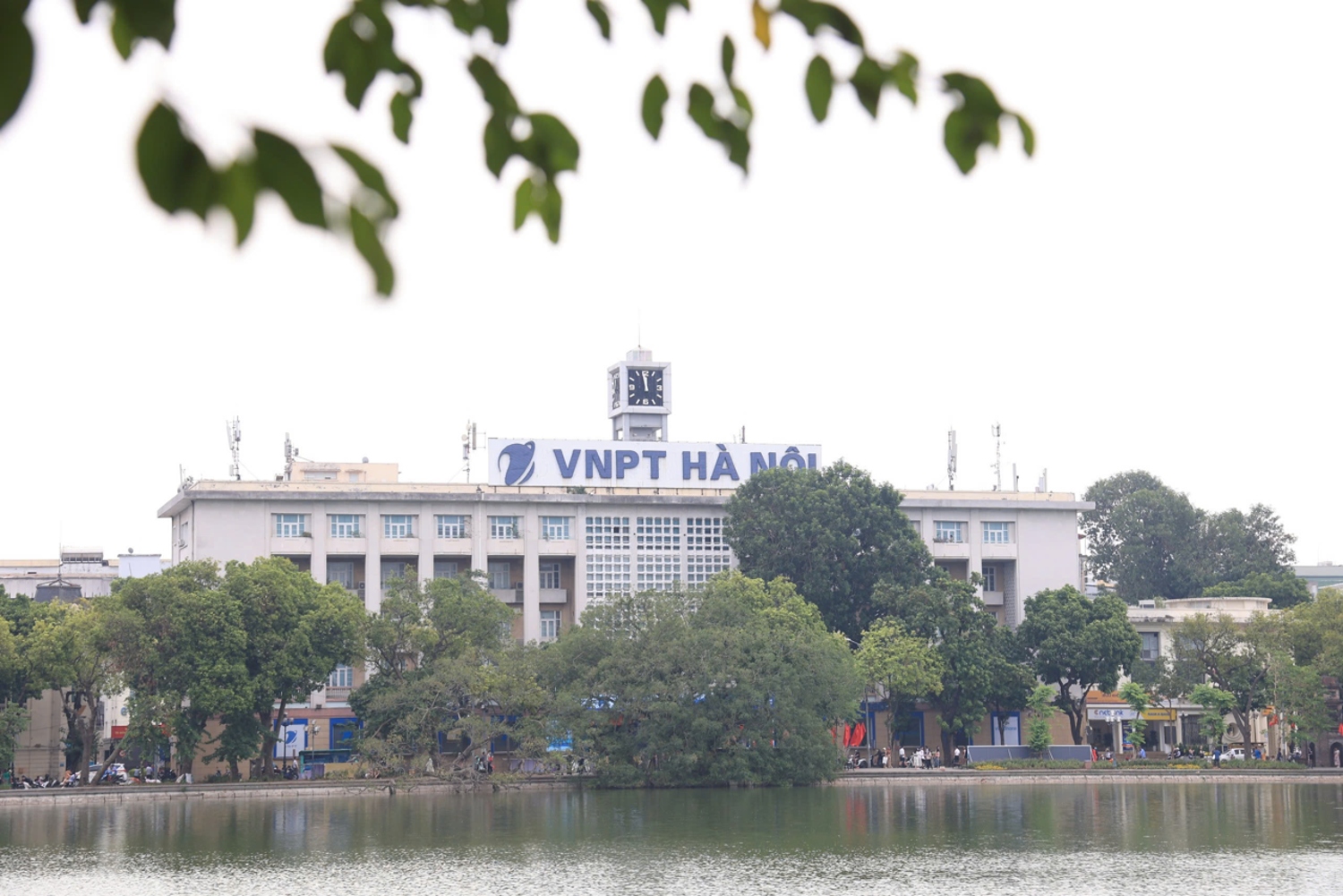
Hanoi Post Office Building was built in 1976, a modern 5-storey architecture, with a majestic scale running along Dinh Tien Hoang street. Photo: Dinh Trung
“If you ask more carefully, most young people do not have much knowledge about subsidy-era architecture. Because they do not have knowledge and do not have documents to read, they do not understand it and do not know the historical role of subsidy-era architecture,” said architect Vu Hiep.
However, what Architect Vu Hiep considers “alarming” is that now, many subsidy-era architectural heritages have degraded, many buildings have been demolished to build high-end apartment and office buildings; some others have been renovated in a way that deviates from their original beauty. Citing Tan Hoang Minh’s project at 24 Quang Trung Street, built on the site of the former Truth Publishing House, Mr. Hiep said that the phenomenon of renovating and rebuilding subsidy-era architectural heritages in a “fake French” style is very typical of the current popular aesthetic.
Architect Le Thanh Vinh - former Director of the Institute for Monuments Conservation also said that subsidy-era architecture is a group of subjects that is being obscured, compared to feudal relics, French colonial relics or new constructions. Fortunately, nowadays, subsidy-era architecture is beginning to be recognized more correctly, and is being quantified at an appropriate level to preserve it in development. Mr. Vinh said that the question of how to behave towards subsidy-era architectural relics is not only a matter of interest to researchers and the community but also needs to be oriented and resolved by managers.
“When industrial heritage is moved out of the city, what will those plots of land be used for? These issues arise and we need experts and interested people to give their opinions to social managers, so that we can have the best way to deal with heritage,” said Mr. Vinh.
Meanwhile, Architect Vu Hiep believes that the socialist architectural heritage is Hanoi's competitive advantage internationally. Currently, in Eastern European countries, there is a trend of exploiting subsidy-era architectural works to serve the experience of "red tourism", but it has caused a lot of controversy. However, Architect Vu Hiep affirmed that Hanoi is very confident that this situation will not happen, because subsidy-era architectural works are still a part of the country's development history.
For his part, Associate Professor Dr. Nguyen Van Huy said that the exploitation of subsidy-era architecture is a hot issue that needs attention. Mr. Huy suggested that subsidy-era collective housing areas have many stories to tell, so we can preserve some collective housing areas as a “living architecture” right in modern society.
“There are buildings that have changed their functions, especially the functions on the first floor. Previously they were residential areas, now they have been turned into shops. That shows that the vitality of buildings in collective housing areas is very good. We can turn them into living quarters, shops, the upper floors are for people to live in, and the State or private sector can buy and turn one floor into a museum to tell the story of the subsidy period... We can use those buildings to both introduce past heritages and continue life in those collective housing areas. Demolishing them is very easy, preserving them is very difficult, very complicated, but we have to preserve them,” said Mr. Huy.
T.Toan
Source: https://www.congluan.vn/kien-truc-ha-noi-thoi-bao-cap-can-danh-thuc-khoi-di-san-dang-ngu-yen-post317168.html


![[Photo] General Secretary To Lam visits exhibition of achievements in private economic development](https://vphoto.vietnam.vn/thumb/1200x675/vietnam/resource/IMAGE/2025/5/18/1809dc545f214a86911fe2d2d0fde2e8)




![[Photo] Ready for the top competitions of Vietnamese table tennis](https://vphoto.vietnam.vn/thumb/1200x675/vietnam/resource/IMAGE/2025/5/18/9c547c497c5a4ade8f98c8e7d44f5a41)
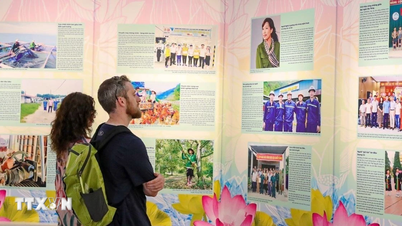







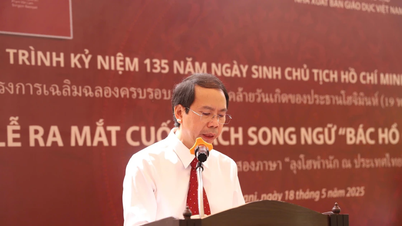










![[Photo] National conference to disseminate and implement Resolution No. 66-NQ/TW and Resolution No. 68-NQ/TW of the Politburo](https://vphoto.vietnam.vn/thumb/1200x675/vietnam/resource/IMAGE/2025/5/18/adf666b9303a4213998b395b05234b6a)
















































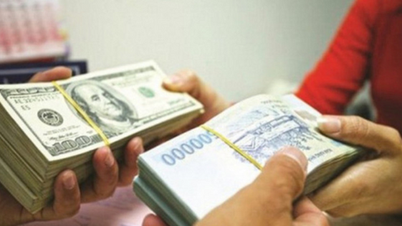

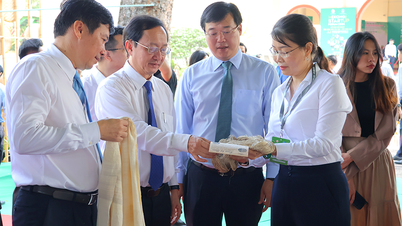
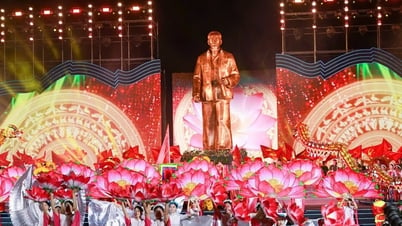


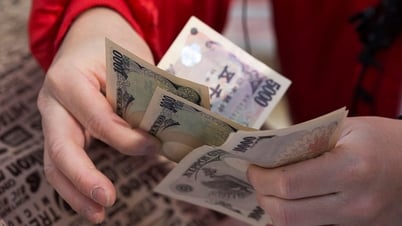









Comment (0)